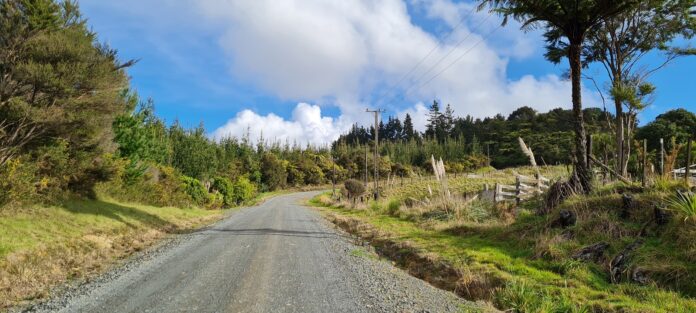Source: Auckland Council
Auckland Transport is looking at a new way of dealing with Auckland’s 800 kilometres of unsealed roads. The new approach will see AT working with local boards to prioritise work on roads.
Mayor Phil Goff says the new approach will increase the number of unsealed roads that can be improved or upgraded.
“Around 80 per cent of Auckland’s gravel roads are in the Rodney area, with the rest in Franklin, Great Barrier Island, Waiheke Island, and Waitakere,” he says.
“Working with local boards will enable Auckland Transport to target upgrades to the specific condition of roads needing an upgrade, which will help us get better value for money from our roading upgrades and improve more roads across the region.”
Rodney Councillor Greg Sayers says the change will help with the longstanding issue of unsealed roads in his area. “This is mainly a Rodney problem and we need to do something to deal with it as this area continues to grow.
“Sealing just one road every second year simply wasn’t good enough. We need to be doing more for rural road users, including sealing, rebuilding the base of over graded roads and getting the water tables right.”
Rodney Local Board deputy chairperson Beth Houlbrooke welcomes the change.
“Unsealed roads are a constant issue in our rural community with dust, mud, run-off and potholes. We strongly support AT finding a better way to look at these problems so that we can deliver more fixes to more roads.”
AT chief engineer Murray Burt says around ten per cent of the region’s roads are gravel.
“The unsealed road improvement budget is now available for a wider range of targeted solutions to address the specific problems identified on each road, so that a greater number of roads can have improvement work completed on them.
“There is a limited pool of money for sealing roads and we are looking at ways of getting better value. In the past, the sealing programme has used a narrow prioritisation approach.
“The new approach considers a wide range of criteria to prioritise unsealed roads for seal extension or other improvements, including strategic importance, safety, public health, natural environment, and climate change.
“We are working with the affected local boards and we’ve come up with the plan to assess and identify the road issues and then apply an appropriate treatment for a particular road.”
The new approach allows for a broad range of treatment options, rather than defaulting to a full seal, including:
- pavement strengthening
- road widening
- safety improvements
- pothole, corrugation and drainage improvements
- dust mitigation
- seal extension
For more information visit at.govt.nz/about-us/street-maintenance/road-sealing



